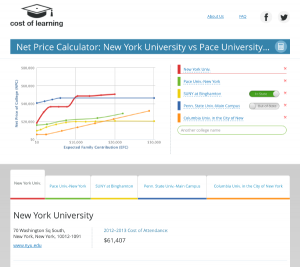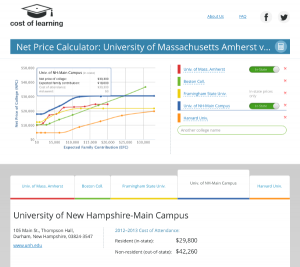 Whether you have a high school graduate heading to college in the fall, or you are working toward that eventual inevitability in the future, you need information about college life and how to support your new college freshman.
Whether you have a high school graduate heading to college in the fall, or you are working toward that eventual inevitability in the future, you need information about college life and how to support your new college freshman.
University Parent, as it has done in the past, recognized the need that parents have when their student’s head off to college. Knowing how frustrating it can be for parents with questions, concerns and generally uneasiness, they brought experts together to create the University Parent Guide to Supporting your Student’s Freshman Year. You could also call it the “everything you need to know but didn’t know where to ask” guide for parents.
Why create this guide?
Sarah Schupp, University Parent’s Founder and CEO, wanted to sort through issues of parenting college students and created this helpful go-to guide to make parenting afar easier. According to Ms. Schupp, “Studies consistently show that students with engaged parents have far better college outcomes than those that don’t or than those with overly-involved parents. There is a delicate balance between acting as a coach and acting in place of the student.”
Realizing that most parents questions are universal, University Parent published this guide to help parents best support their son or daughter.
What’s in the guide?
The guide is divided into time segments throughout your student’s first year of college: summer, early fall, late fall, and spring. Each division provides parents with all the information they need help their student through each segment of the first year of college.
The summer segment (Get Ready), deals with topics related to the changes you will face as your role changes, what to expect at orientation, roommates, budgeting, and campus culture. The fall segment (Settling In), discusses topics like move-in day, greek life, parent visits, and how to deal with struggling students. The late fall segment (Adjusting), deals with care packages, holidays, diet and exercise, and studying abroad. The spring segment (Looking Forward), talks about sophomore topics like housing, student stress, transferring and student loans. The final chapter gives you areas to write down phone numbers, important dates and a typical 4-year checklist.
Why do I recommend this guide?
I can’t tell you the number of parents who have asked me questions about the first year of college, especially dealing with these specific topics. If you know what to expect and how to plan, the first year will go much more smoothly. This guide gives parents all the information they need in one simple, easy-to-read guide.
Even if your student isn’t going to college in the fall, this guide will help you prepare for that day. As always, I advise parents to be prepared; because preparation prevents panic.








 McDonald’s
McDonald’s
